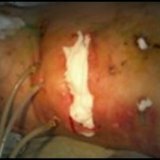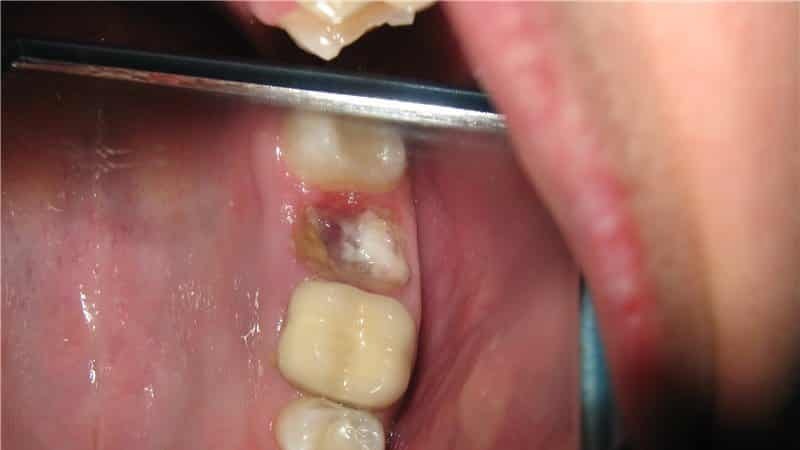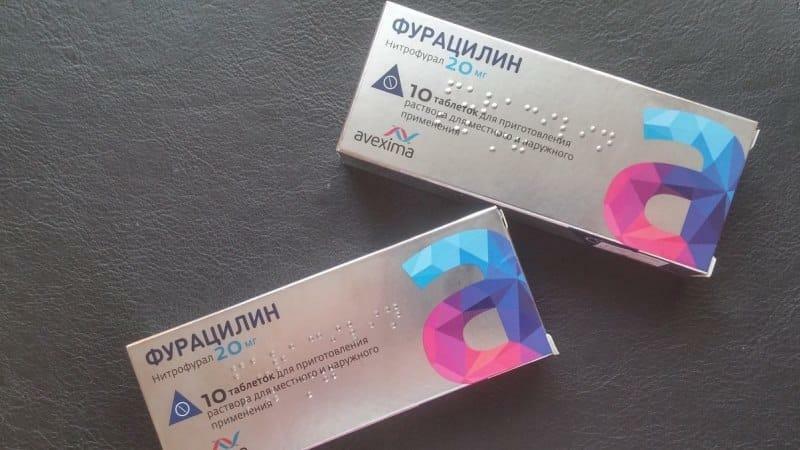Purulent surgery: pancreatic necrosis

The indications for pancreatic necrosis surgery include:
Pancreatogenic abscess and / or purulent pancreatic necrosis( regardless of the level of disorders of various organs), septic phlegmon of retroperitoneal tissue. When diagnosing infection in the necrotic tissue in the early stages of the disease, as a rule, surgical intervention is indicated. It is often used purulent pancreatic necrosis surgery.
If using intensive conservative therapy for 1 to 3 days, there is a level of persistent or progressive multi-organ failure - one should assume extensive retroperitoneal necrosis of the retroperitoneal tissue or a high risk of developing pancreatogenic infection. In order to be able to prescribe an operation with confidence, it is suggested to compile a scale of assessing the patient's severity in an integrated retrospective( APACHE II, Glasgow / Ranson), to examine the prevalence, nature and level of damage to the pancreas and cellulose of the retroperitoneal cavity on a CT scale. An unconditional factor for the purpose of the operation is the detection, according to CT, of contrast enhancement of the prevalence of the retroperitoneal space. This is the first sign of a high risk of infection and subsequent irreversible complications. Laroscopic sanation and drainage of the abdominal cavity is an integral part of the treatment of peritonitis with abacterial and ferminic forms.
Surgical approaches: 2-hypodermic or median laparotomy.
The selected approach to drainage operations already at the first intervention determines the level of surgical tactics mode. Variation of methods is predetermined by the dynamics of the process in the abdominal cavity, retroperitoneal tissue and in the prostate. The technical process of removal of necrotic tissue is the same, and it presupposes the maximum possible cleansing simultaneously with the mandatory preservation of the necessary segments of the peritoneum of the mesenteric sinus and the mesentery of the colon - the natural structures of the limiters. The main feature in the choice of methods of drainage operations, depending on the level of spread, negative lesions of the pancreas and the retroperitoneal space, is the making of mildening in accordance with the segments of the colon along a thin lateral contour.
Modern purulent surgery uses three methods such major drainage operations, the diagnosis of pancreatic necrosis, which would provide a variety of conditions for drainage of the abdominal cavity and retroperitoneal space directly dependent on the level and nature of lesions of the pancreas, organs, retroperitoneal fat, and abdominal cavity.
In the methods proposed draining operations include certain technical methods drainage of different parts of the abdominal cavity and retroperitoneal fat and always causes certain tactical modes secondary interventions: internally, repeated and emergency operations( as required), resulting in developing and / or existing complications( bleeding, Inadequate drainage, nonstop sequestration) in the irreversible dynamics of pathological transformation of the infection / necrosis zones in the abdominal spacestve cavity and retroperitoneal;Programmed sanation and revision of all necessary zones of infection and necrotic destructuring in various areas of the retroperitoneal space( according to the program).When classifying
interventions draining the abdominal cavity and retroperitoneal space in the case of pancreatic necrosis following classification is used: parallel with drenazhom "Perroza»
- Semi-open
- Open Closed drainage
multiple lumen tubular structure installed When the half-open drainage method pancreatic necrosis. To begin with, the wound is sutured layer by layer, and the design with combined drainage is indicated by a wide contrapecture in the lateral or lumbar abdomen( lumbotomy).Traditional such operations have become, due to infrequently changing drainage structures with a delay of 5-7 days. Very often work is necessary in conditions of inadequate drainage of infected or necrotic sites. With large-scale sequestration and necrosis, or extremely difficult forming channels of necrosis infection, repeated operations must be performed in 30-40% of cases in the "on-demand" mode with a delay in time.
With the "open" method of drainage operations of pancreatic necrosis surgery, programmable sanations and revisions of the retroperitoneal space are proposed in two variants, which are determined by the scale or spread of a characteristic lesion of the abdominal cavity and retroperitoneal space.
Method contains:
- lumbootomy pancreato omentobursostomy;
- laparostomy pancreato omentobursostomy.
Indications for the method of "open" drainage are:
- damage to retroperitoneal tissue in combination with large-scale forms of pancreatonecrosis;
- pancreatogenesis abscess and qualified poncreonecrosis with large focal forms;
- relaparotomy after application of ineffective "semi-open" or "closed" drainage methods.
The "closed" method for drainage operations involves active drainage of the retroperitoneal tissue and abdominal cavity, and under the strict conditions of anatomical unity of the abdominal cavity in the cavity of the gland bag. This can all be achieved by implanting multichannel silicone structures for drainage to introduce fractional antiseptic solutions or drip into the source of destructuring( infection) with a constant and active aspiration.
It should be emphasized that the presented methods of "open" and "closed" drainage are not competitors, as they are able to ensure complete and adequate sanation of all zones of pancreatogenic infection and necrotic destruction, provided all prescribed methods and instructions are observed. With pancreatic necrosis, surgery, whatever it is, is always a very effective way to solve the problem.



